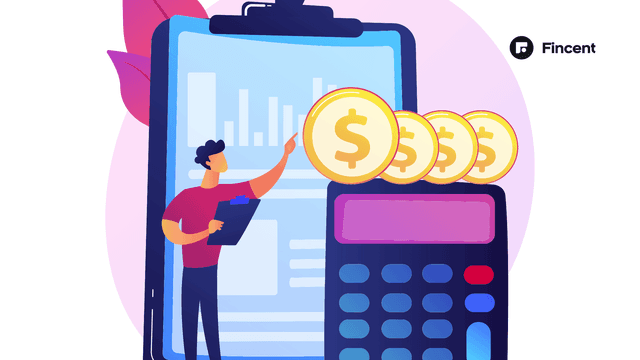- Glossary
- PPP Loan Forgiveness
PPP Loan Forgiveness
In order to assist certain businesses, self-employed individuals, sole proprietors, specific nonprofit organizations, and tribal businesses in continuing to pay their employees, the US federal government established the $953 billion Paycheck Protection Program (PPP) in 2020 through the Coronavirus Aid, Relief, and Economic Security Act (CARES Act).
The Paycheck Protection Program offers low-interest private loans to businesses, which can be utilized to cover payroll and a select few other expenses. The loan amount for PPP is approximately 2.5 times the applicant's average monthly payroll expenses. A candidate might occasionally get a second draw, which is usually equivalent to the first. Rent, interest, and utility charges may all be paid for with the loan's revenues. If the company maintains a steady level of both employee numbers and wages, the loan may be repaid in whole or in part. The U.S. Small Business Administration runs the programme. The PPP loan application window closed on March 31, 2021.
PPP For Borrowers
Borrowers participating in the Paycheck Protection Program (PPP) may be qualified for loan forgiveness if the money was applied to authorized payroll expenses, business mortgage interest payments, rent, or utility bills within either the 8- or 24-week time frame following disbursement. Once the borrower has used up all of the loan funds for which the forgiveness is being sought, the borrower may submit an application. Prior to the loan's maturity date, borrowers may submit a request for forgiveness at any time. Borrowers' PPP loan payments are no longer deferred and they must start paying loan payments to their PPP lender if they do not apply for forgiveness within 10 months after the last day of the covered period.
How to Apply for Loan Forgiveness
1. Complete the Appropriate Form by Contacting Your PPP Lender
The SBA Form 3508, SBA Form 3508EZ, SBA Form 3508S, or a Lender equivalent may be made available to you by your lender. For borrowers who fulfill particular criteria, there are two condensed versions of the application: the 3508EZ and the 3508S. Further instructions on how to submit the application are available from your lender.
2. Gather Your Documents: Tips for Compiling Your Paperwork
**Payroll **(give proof for each payroll period that fell during the Covered Period or the Alternate Payroll Covered Period):
- Bank account statements or reports from a third-party payroll service provider that show how much cash was given to workers.
- Bank account statements or reports from a third-party payroll service provider that detail the sums paid to employees in cash. 1. State quarterly business and individual employee pay reporting and unemployment insurance tax filings reported, or that will be reported, to the applicable state. 2. Payroll tax filings reported, or that will be reported, to the IRS (usually, Form 941).
- Receipts for payments, canceled checks, or account statements attesting to the amount of any employer contributions to employee retirement and health insurance programmes that the borrower includes in the forgiveness amount.
**Non-payroll **(for expenditures made or paid throughout the covered period that demonstrate responsibilities or services were provided before February 15, 2020):
- Business mortgage interest payments: Lender account statements or a copy of the amortization plan and receipts attesting to payments.
- Business rent or lease payments: A copy of the most recent leasing contract and the receipts or canceled cheques that attest to the acceptable payments.
- Business utility payments: Copies of the canceled checks, account statements, and invoices and receipts.
3. Submit Documents and Forgiveness Form to PPP Lender for Loan Forgiveness
Fill out your application for loan forgiveness, submit it to your lender along with the necessary supporting documents, and then follow up with your lender to submit any additional paperwork that is required. Provide requested documentation promptly and seek additional advice from your lender.
4. Maintain Ongoing Communication with Your Lender Throughout the Process
Your lender will inform you of the review and the SBA loan review decision if the SBA reviews your loan. You are allowed to challenge some SBA loan review decisions. Your lender is in charge of informing you of the forgiveness amount paid by the SBA and, if applicable, the day your first payment is due.
Note: As required by section 1110(e)(6) of the CARES Act, if applicable, SBA will subtract any EIDL advance amount you have received from the forgiveness amount paid to the Lender. Six years after the debt is canceled or fully returned, borrowers are required to keep certain records on file.


